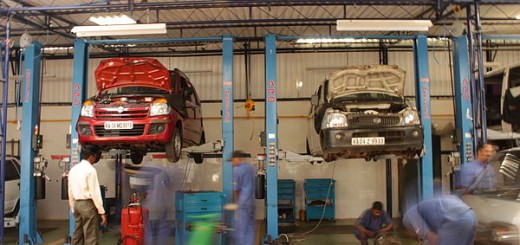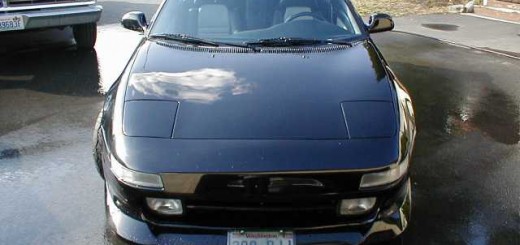Visual inspection (general inspection engine and drivetrain ):
Fluids:
1) Does it have coolant? What color is the coolant, green is usually the most common, but then there’s red and blue and pink and orange and off yellow. To which i’ve noticed is almost like how many different flavors of cool aide there is, interesting eh? Is the coolant clean , not cloudy or lumpy. If you can’t see through it or it sticks like peanut butter that’s a good indication it wasn’t properly serviced. Check yr coolant at the fill port in the engine compartment. Driver’s side on MKII and pass side on MKI, cant remember where it is in the MKIII, but if its’ an MKIII you better damned well still have yr owners manual. Now dont just except that since there is coolant at the fill port that the system is full, if you’ve ever had to bleed the system then you already know. There is the air bleed port on the radiator and the air bleed port at the hot water valve. If the heater hoses are routed back into themselves at the hot water valve it has a heater core problem. If there is no signs of coolant then you have a problem. Where did it go? Lots of places where there are potential leaks, but this is the visual inspection. So take a good look at all the hoses, heater bypass and radiator. You may not be able to see the tubes, but if there is a sizeable leak there will be puddles drippin from the plastic underpanels. Common leak that is hard to pinpoint sometimes is from the weep-hole in the water pump, generally there will be a trail underneath the timing cover above the oil pan at the front of the engine. The “hose from hell” will be more on the left side of the engine. While you have the cap off dont forget to inspect the rubber seal inside of it. Then the heater pipes tend to crack right at the tabs where they fasten to the body. Take a good look in the resivior, see if there is sludge in it, kinda hard to do sometimes, but you can get an indication by the level indicator stick or the brown clump that stick to the end of the tube when you pull the cap off. Make sure that yr radiator isnt just zip tied to yr core support cause it cant do much cooling when it’s bouncing around.
2) Engine oil, sure it may be clean and it may be full, but we are more interested in what it smells like and where it isnt suppose to be. Fuel smell from the engine oil is a bad thing, think piston rings and injectors. Engine oil that looks like chocolate milk is a sign of water/coolant in the oil, think headgasket. It may be a little tricky gettin the dipstick in and out, damned engineers, but take more than one reading and take note of what the wet end looks like, carbon build up on the stick means carbon build up in the engine. Sure there are a lot of possible places oil can leak. Valve cover gaskets, main seals, oil pump seals, turbo lines, oil pan gasket, head gasket, distributor o-ring, cooler. Front seals will definitely need to be replaced and while yr at it the oil pump o-ring and seal. Knocking noise on start up and quick accel is a sign of low oil pressure. Moist is acceptable for high mileage, wet and dripping is not.
3) Transmission fluid, no you cant see it unless you have an automatic, so it shouldnt be anywhere. If you see wet around the axle seals you should wiggle the CV joints to make sure they arent worn out.
4) Power steering fluid, if you cant find it, then you prob dont have power steering, haha. It should be relatively clean and full in the resivoir. Fluid at the steering rack boots is a sign of the internal seals in the rack leaking.
5) A/C , does it even work? Freon evaporates very quickly, but there will be traces of refrigerant oil in places that leak, like where all the fittings are.
6) Fuel, there better not be any fuel leaks, haha. Do a visual on the lines and injectors. Dont be shy bout stickin yr nose down there and taking a whiff in case the leak is too small to see.
Drive belts and timing belt:
Have to be able to run the A/C and alternator. Squeaky belts are either loose or worn out. Generally visible from above in the engine compartment with a flashlight. Timing belt is not visible, unless the cover isn’t there. Flappin noise from behind the cover is generally from a stretched belt. Oil leaks from the front seal will deteriorate the timing belt.
Air filter:
Is it clean, is there a mouse nest underneath the filter in the air box?
This documentation in no way replaces the Toyota MR2 Repair Manuals. The purpose of this content is only to provide supplementary information to fellow MR2 enthusiasts. Midship Runabout and its contributing authors will not be held responsible for any injury or damages that may occur as the result of practicing any of the methods or procedures described within this website. Article and photo submissions are property of the contributing author.


